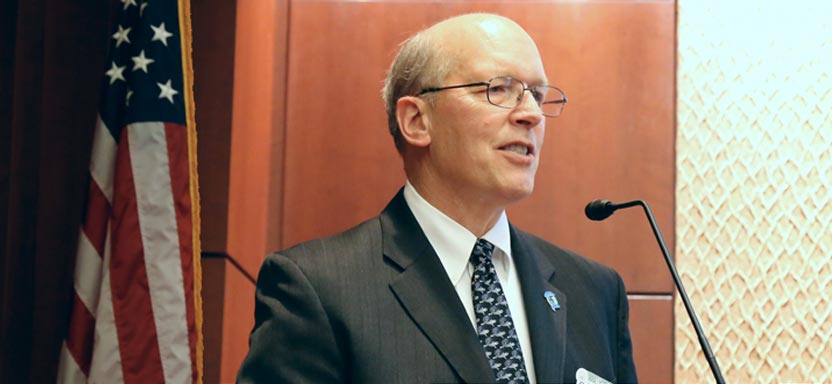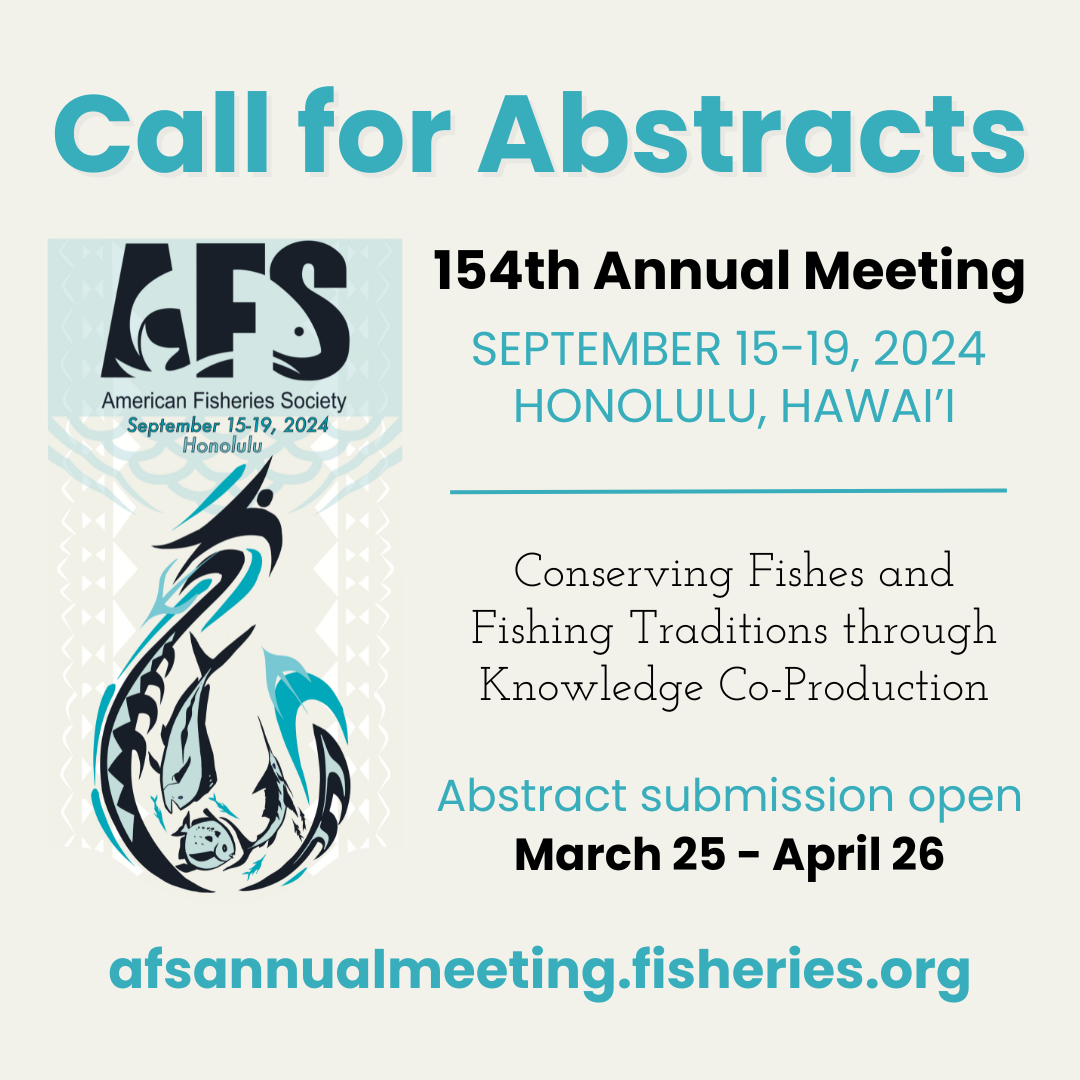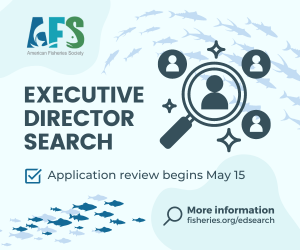 Thomas E. Bigford, AFS Policy Director [email protected] Finally, courtesy of a federal rule issued in late May, society can push the pause button on the long debate about wetland policy and science. While the central issue of what is and is not a wetland was addressed in the final Clean Water Act (CWA) rule released by the U.S. Environmental Protection Agency (USEPA) and U.S. Army Corps of Engineers (USACE), the issue will eventually resurface in the courts. In the interim, let’s celebrate the lull with a reminder of why this technical and policy matter is crucial to fish and AFS. Wetlands provide a myriad of ecological and economic services across the time and space continuum. Those services are essential to life throughout the food web, including microbes and us. Those services are connected in every sense of the word. Waters flow, fish swim, pollutants flush, nutrients nourish, people admire, vessels ply, and so on. That connectivity is crucial since wetlands, especially thinking as a fish, generate limited value if there is no “significant nexus.” Those connections are often based on commerce and navigability, but we’ll take the liberty of approaching the issue as a paddlefish or freshwater mussel. Cobbled river bottoms, fringing marshes, and other wet places are not fish habitat if fish cannot get there. Since we’re all about fish, we will approach the issue with narrowed focus. These concepts were highlighted at a special briefing for congressional staff on May 21, 2015, just days before the final CWA rule was released. The briefing was the brainchild of the Environmental Law Institute and the Consortium of Aquatic Science Societies (CASS), which AFS joined in 2014. Expert panelists discussed how wetlands serve in the “green” food web based on living tissues and the “brown” food web supported mostly by detritus entering a system from afar. Both inputs are vital, and both are part of the connectivity discussion. The panel, moderated by Jane Rowan (employed by Normandeau Associates and a member of the Society of Wetland Scientists representing CASS), included three experts who covered wetland issues from well upstream to the estuaries. Robert Brooks, Ph.D. from Penn State University portrayed wetlands as the intersection of ecosystem functions moving up and downstream, sideways into floodplains, through the water column, and over time. The four-dimensional dynamics are complex yet intricate, representing the “significant nexus” coined by Justice Anthony Kennedy when these issues were argued before the 2006 Supreme Court in the Rapanos v. U.S. case (126 S. Ct. 2208) that led to the CWA rulemaking. Stuart Findlay, Ph.D. from the Cary Institute of Ecosystem Studies emphasized the importance of water flow to and through wetlands. Would you have guessed that three times the normal river channel water volume flows laterally into and from fringing floodplains? That movement carries nutrients, organic matter, and organisms, and is central to the services associated with healthy wetlands. Denise Breitburg, Ph.D. from the Smithsonian’s Environmental Research Center extended the hydrologic cycle into our estuaries, where wetlands serve to trap nutrients that otherwise might trigger low dissolved oxygen events. Her presentation emphasized the watershed perspective that is central to any healthy wetlands debate. Those scientific connections are highlighted in a USEPA (2015) report released in early 2015 that helped to chart the course for the final rule. I highly recommend at least a thorough skim of the detailed yet concise “Connectivity of Streams and Wetlands to Downstream Waters: A Review and Synthesis of the Scientific Evidence.” More than 1,200 references and hundreds of illustrations provided the necessary support to clarify what started as a vague notion of “nexus.” The new USEPA-USACE rule promises to inspire scientific study, policy reviews, and educational efforts, all aimed at improved resource management. Findlay’s fact about floodplains could change the debate about protecting and restoring waterfronts that might have been filled, diked, or otherwise disconnected. Returning water flow, with resulting benefits from reinvigorated wetlands, will serve society, finfish, and shellfish well. To create momentum, and to counter the inevitable legal and political responses, all of those working in fields related to wetlands would do well to: • Quantify the economic and ecological connections central to these issues; • Revisit policies and implement procedures to reflect those values; • Evaluate the mix of protection and restoration that can enhance mitigation associated with regulatory decisions; • Measure those options and timelines with respect to natural recovery that might be expected without human intervention; • Decipher trends in wetland loss, especially along the coasts where loss rates are increasing, perhaps due to rising sea levels, increased storm and tide intensity, some quirk in wetland management, or some other factor— and in regions well beyond coastal Louisiana; and • Invest in education so decision makers from local to national can take the best action for the long term. These actions represent a tall order in a call to arms for wetland enthusiasts. I sense we’re ready for the challenge. Let’s lead the way toward clarity by affirming the importance of connectivity and quell debate along the way. REFERENCE USEPA (U.S. Environmental Protection Agency) 2015. Connectivity of streams and wetlands to downstream waters: a review of the scientific evidence. Published by the EPA Office of Research and Development. Available: ofmpub.epa.gov/eims/eimscomm. getfile?p_download_id=521416. (June 2015).
Thomas E. Bigford, AFS Policy Director [email protected] Finally, courtesy of a federal rule issued in late May, society can push the pause button on the long debate about wetland policy and science. While the central issue of what is and is not a wetland was addressed in the final Clean Water Act (CWA) rule released by the U.S. Environmental Protection Agency (USEPA) and U.S. Army Corps of Engineers (USACE), the issue will eventually resurface in the courts. In the interim, let’s celebrate the lull with a reminder of why this technical and policy matter is crucial to fish and AFS. Wetlands provide a myriad of ecological and economic services across the time and space continuum. Those services are essential to life throughout the food web, including microbes and us. Those services are connected in every sense of the word. Waters flow, fish swim, pollutants flush, nutrients nourish, people admire, vessels ply, and so on. That connectivity is crucial since wetlands, especially thinking as a fish, generate limited value if there is no “significant nexus.” Those connections are often based on commerce and navigability, but we’ll take the liberty of approaching the issue as a paddlefish or freshwater mussel. Cobbled river bottoms, fringing marshes, and other wet places are not fish habitat if fish cannot get there. Since we’re all about fish, we will approach the issue with narrowed focus. These concepts were highlighted at a special briefing for congressional staff on May 21, 2015, just days before the final CWA rule was released. The briefing was the brainchild of the Environmental Law Institute and the Consortium of Aquatic Science Societies (CASS), which AFS joined in 2014. Expert panelists discussed how wetlands serve in the “green” food web based on living tissues and the “brown” food web supported mostly by detritus entering a system from afar. Both inputs are vital, and both are part of the connectivity discussion. The panel, moderated by Jane Rowan (employed by Normandeau Associates and a member of the Society of Wetland Scientists representing CASS), included three experts who covered wetland issues from well upstream to the estuaries. Robert Brooks, Ph.D. from Penn State University portrayed wetlands as the intersection of ecosystem functions moving up and downstream, sideways into floodplains, through the water column, and over time. The four-dimensional dynamics are complex yet intricate, representing the “significant nexus” coined by Justice Anthony Kennedy when these issues were argued before the 2006 Supreme Court in the Rapanos v. U.S. case (126 S. Ct. 2208) that led to the CWA rulemaking. Stuart Findlay, Ph.D. from the Cary Institute of Ecosystem Studies emphasized the importance of water flow to and through wetlands. Would you have guessed that three times the normal river channel water volume flows laterally into and from fringing floodplains? That movement carries nutrients, organic matter, and organisms, and is central to the services associated with healthy wetlands. Denise Breitburg, Ph.D. from the Smithsonian’s Environmental Research Center extended the hydrologic cycle into our estuaries, where wetlands serve to trap nutrients that otherwise might trigger low dissolved oxygen events. Her presentation emphasized the watershed perspective that is central to any healthy wetlands debate. Those scientific connections are highlighted in a USEPA (2015) report released in early 2015 that helped to chart the course for the final rule. I highly recommend at least a thorough skim of the detailed yet concise “Connectivity of Streams and Wetlands to Downstream Waters: A Review and Synthesis of the Scientific Evidence.” More than 1,200 references and hundreds of illustrations provided the necessary support to clarify what started as a vague notion of “nexus.” The new USEPA-USACE rule promises to inspire scientific study, policy reviews, and educational efforts, all aimed at improved resource management. Findlay’s fact about floodplains could change the debate about protecting and restoring waterfronts that might have been filled, diked, or otherwise disconnected. Returning water flow, with resulting benefits from reinvigorated wetlands, will serve society, finfish, and shellfish well. To create momentum, and to counter the inevitable legal and political responses, all of those working in fields related to wetlands would do well to: • Quantify the economic and ecological connections central to these issues; • Revisit policies and implement procedures to reflect those values; • Evaluate the mix of protection and restoration that can enhance mitigation associated with regulatory decisions; • Measure those options and timelines with respect to natural recovery that might be expected without human intervention; • Decipher trends in wetland loss, especially along the coasts where loss rates are increasing, perhaps due to rising sea levels, increased storm and tide intensity, some quirk in wetland management, or some other factor— and in regions well beyond coastal Louisiana; and • Invest in education so decision makers from local to national can take the best action for the long term. These actions represent a tall order in a call to arms for wetland enthusiasts. I sense we’re ready for the challenge. Let’s lead the way toward clarity by affirming the importance of connectivity and quell debate along the way. REFERENCE USEPA (U.S. Environmental Protection Agency) 2015. Connectivity of streams and wetlands to downstream waters: a review of the scientific evidence. Published by the EPA Office of Research and Development. Available: ofmpub.epa.gov/eims/eimscomm. getfile?p_download_id=521416. (June 2015).






